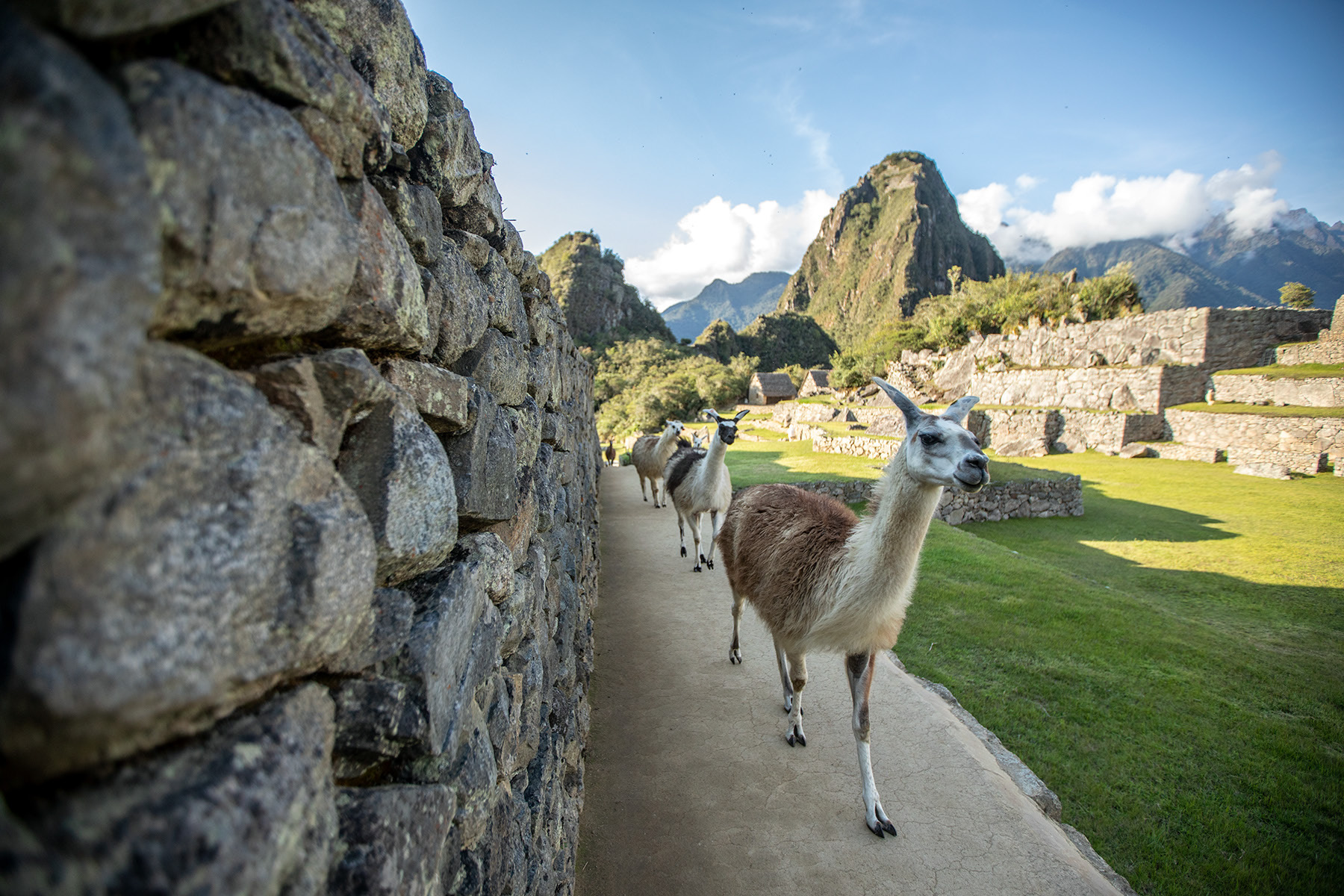Interview with Dr. Jean-Jacques Decoster,
expert in Andean culture.
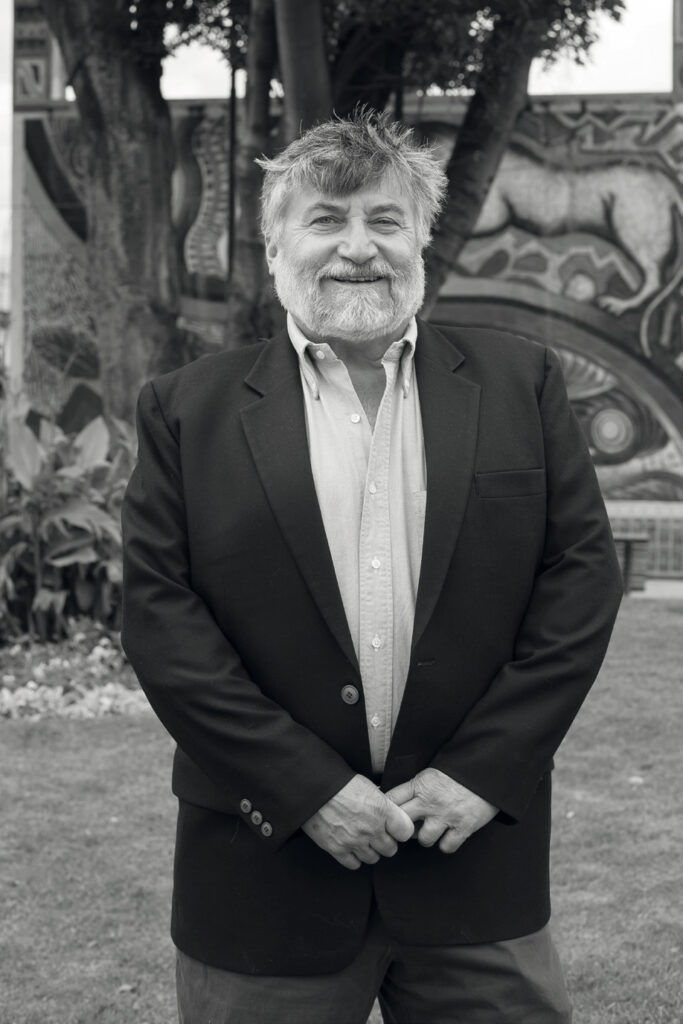
PhD in Anthropology, doctorate in Sociology, a master’s in Museology, member of the Social Sciences faculty teaching staff at Cusco’s San Antonio Abad National University (UNSAAC).
Having dedicated much of your life to the study of the cultural anthropology of the Andes, in your view, what makes Machu Picchu a tourist attraction that, year after year, captivates millions of travelers from around the world?
The attractiveness of Machu Picchu is due in part to the magnificent beauty of the setting, nested as it is in an inter-Andean valley in the Urubamba range of the central Andes. The built architecture of the site seems to emerge from the natural setting on a saddle between two peaks, creating a breathtaking landscape when the visitor is first introduced to the site. The quality of the stonework, the design and construction of Machu Picchu, are without doubt among the most spectacular achievements of pre-historic cultures in South America.
dos picos, creando un paisaje impresionante para el visitante que se presenta por primera vez en este magnífico lugar. La calidad del trabajo en piedra, el diseño y la construcción de Machu Picchu se encuentran, sin duda, entre los logros más espectaculares de las culturas prehistóricas en América del Sur.
In addition, part of the fascination for Machu Picchu must be ascribed to the aura of mystery around the site, and the fact that its existence was not widely revealed to the world until little more than a century ago.
As director of the Machu Picchu Museum, you were the custodian of an important collection composed of the objects unearthed by the scientific expeditions led by the explorer Hiram Bingham. For those who have not yet visited this cultural space in the city of Cusco, how does visiting the museum contribute to an understanding of the archaeological site?
The visit to the Machu Picchu Museum at Casa Concha (MMCC) in Cusco must be seen as essential for a full appreciation of the Machu Picchu site. It contains the objects collected by the 1912 Yale expedition, which remained at the university until the beginning of this century. The structuring of the exhibition is designed to emphasize both the importance of Hiram Bingham’s exploration, and also to showcase the Inca artefacts found at Machu Picchu, in a historical and archaeological narrative that helps visitors to appreciate the importance of the site in the South American cultural context.
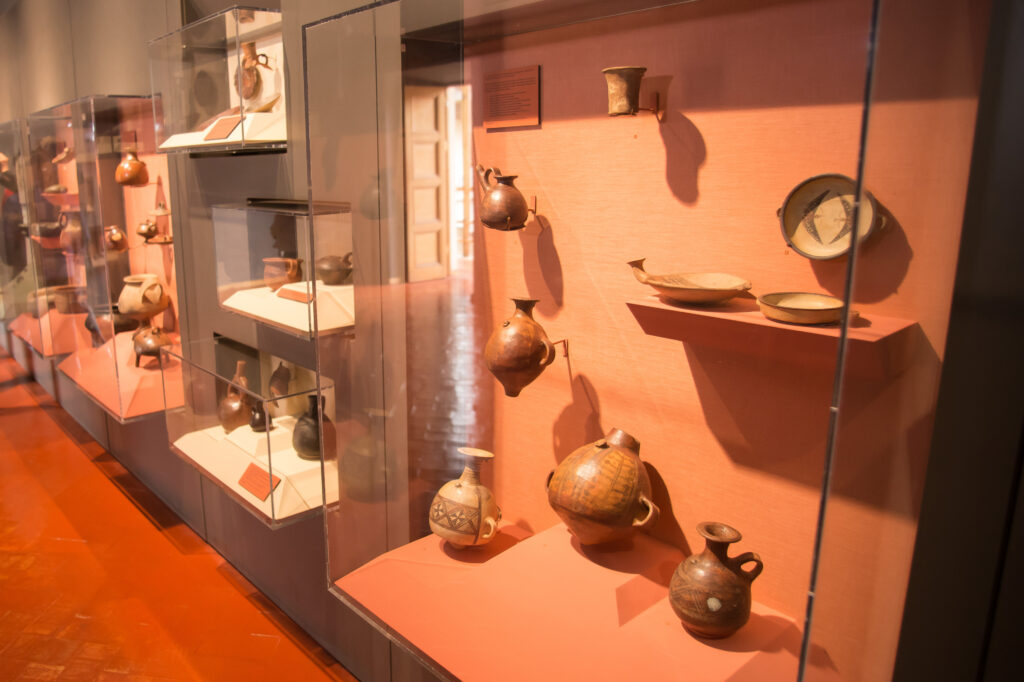
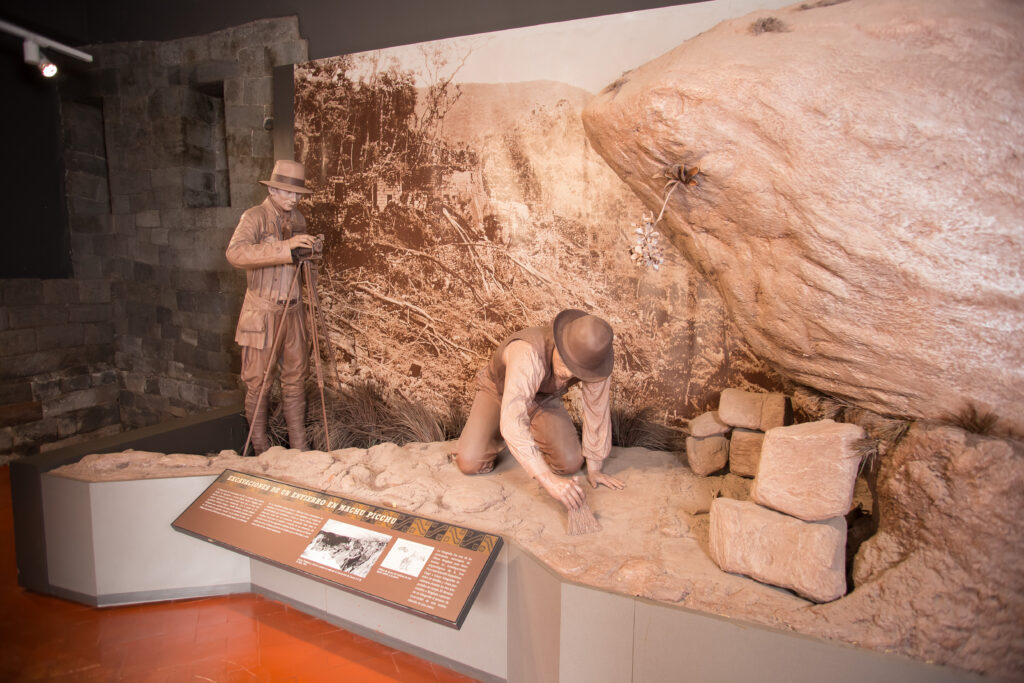
The museum is located in the heart of Cusco’s historic center, in a colonial mansion built over the remains of an Inca palace. What stories does the architecture of the old Casa Concha tell us?
The setting of the MMCC in Cusco, less than two blocks from the city’s main square, conveys an array of layered historical contexts. In Inca times, the site was part of a royal cancha1, the princely residence of the tenth ruler, Inca Túpac Yupanqui, heir to the builder of Machu Picchu, Pachacutec. It was the site of a violent encounter during the fratricidal war that marked the end of the Empire.
In 1534, the Inca dwelling was gifted by the Spanish conqueror Francisco Pizarro to one of his followers, to use as his residence. Throughout the ensuing colonial period, the original Spanish building was destroyed twice by earthquakes, and changed hands many times until 2001, when the Peruvian government handed it over to San Antonio Abad University, where I work.
On July 7, 2007, Machu Picchu was declared one of the New Seven Wonders of the modern world, and since then we have continued to celebrate the importance of this historic Peruvian sanctuary. If you could teleport now to a sector of the citadel, which would it be and why?
From the archaeologist’s viewpoint, the most spectacular element of Machu Picchu is the beautifully engineered Temple of the Sun (also known as the Torreón), perhaps the finest example of imperial Inca stonecutting and architecture, extending over three levels, wrapped around a gigantic megalith, and crowned with an enclosed observatory.
However, my favorite place for an overview of the site is an open space above the Guardian’s Hut, commanding a panoramic view of the Sun Gate–the entrance to Machu Picchu used by the sovereign and his entourage–across the full extent of the Inca settlement, and all the way to the “sugarloaf mountain” of Huayna Picchu.
Thanks to the commitment of our clients and a sustainable operating model, we continue to support the conservation of World Heritage and cultural sites such as Machu Picchu. What message would you like to share with this great extended COLTUR family, which on a daily basis helps us to spread our love for Peru?
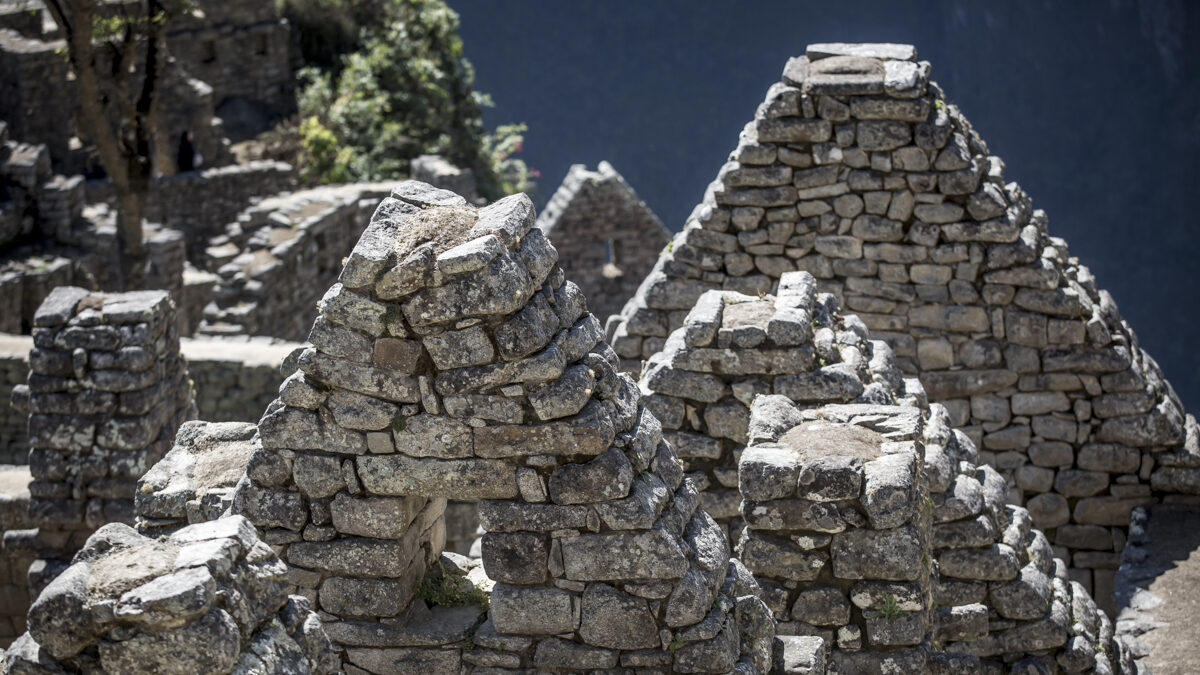
Machu Picchu is exceptional for being at the same time an archaeological site of exceptional value and one of the world’s top tourist destinations. This dual character can be challenging when it comes to achieving a balance between offering the visitor the most rewarding experience, while at the same time ensuring conservation of the site. As a member of ICOMOS, the advisory body that reports to UNESCO on the preservation of monuments and sites, I am deeply concerned about this sensitive issue. I consider that every effort should be made to ensure that the impact of tourism will be contained in the most thoughtful way, so that Machu Picchu’s incomparable marvels can be fully enjoyed by future generations.
1 From the Quechua cancha, meaning enclosure.
Con más de 10 000 años de historia y un legado milenario que puede apreciarse en monumentos arqueológicos, museos, tradiciones y costumbres que perduran en el tiempo, Perú es considerado el Mejor Destino Cultural del Mundo.
